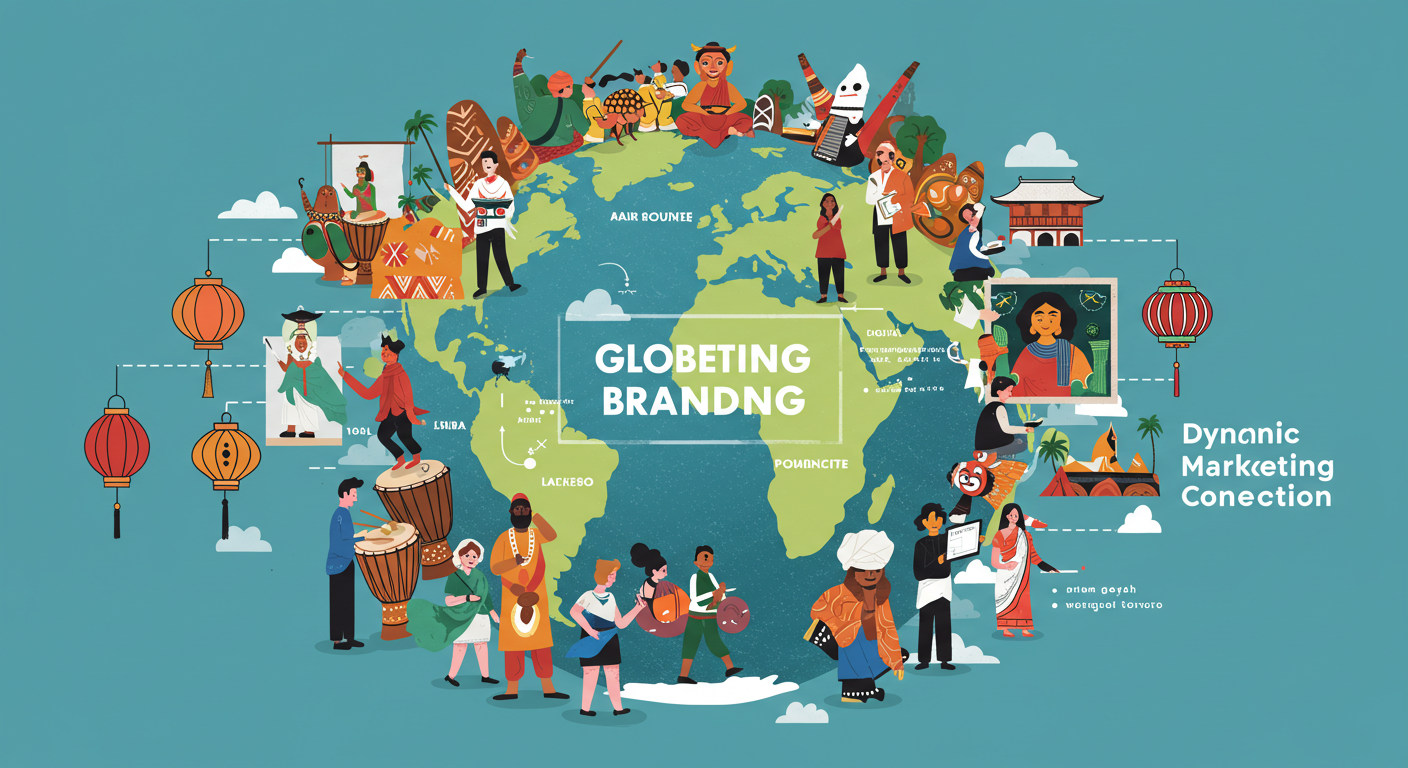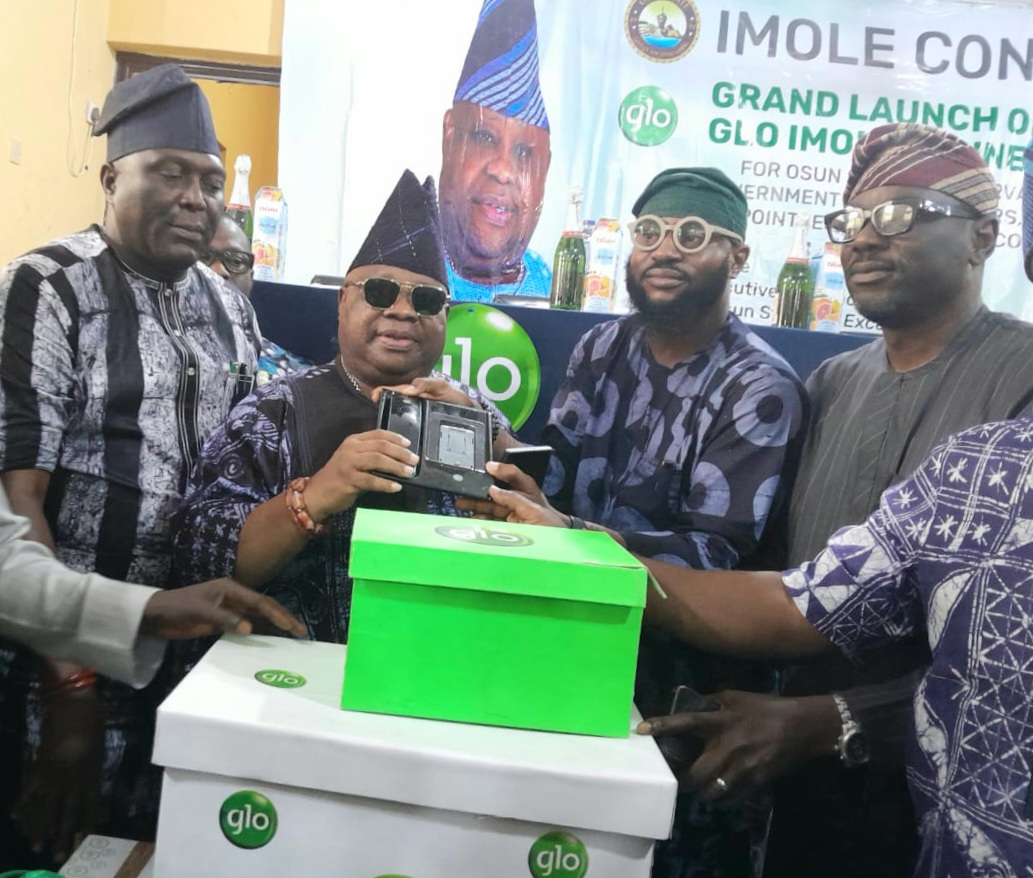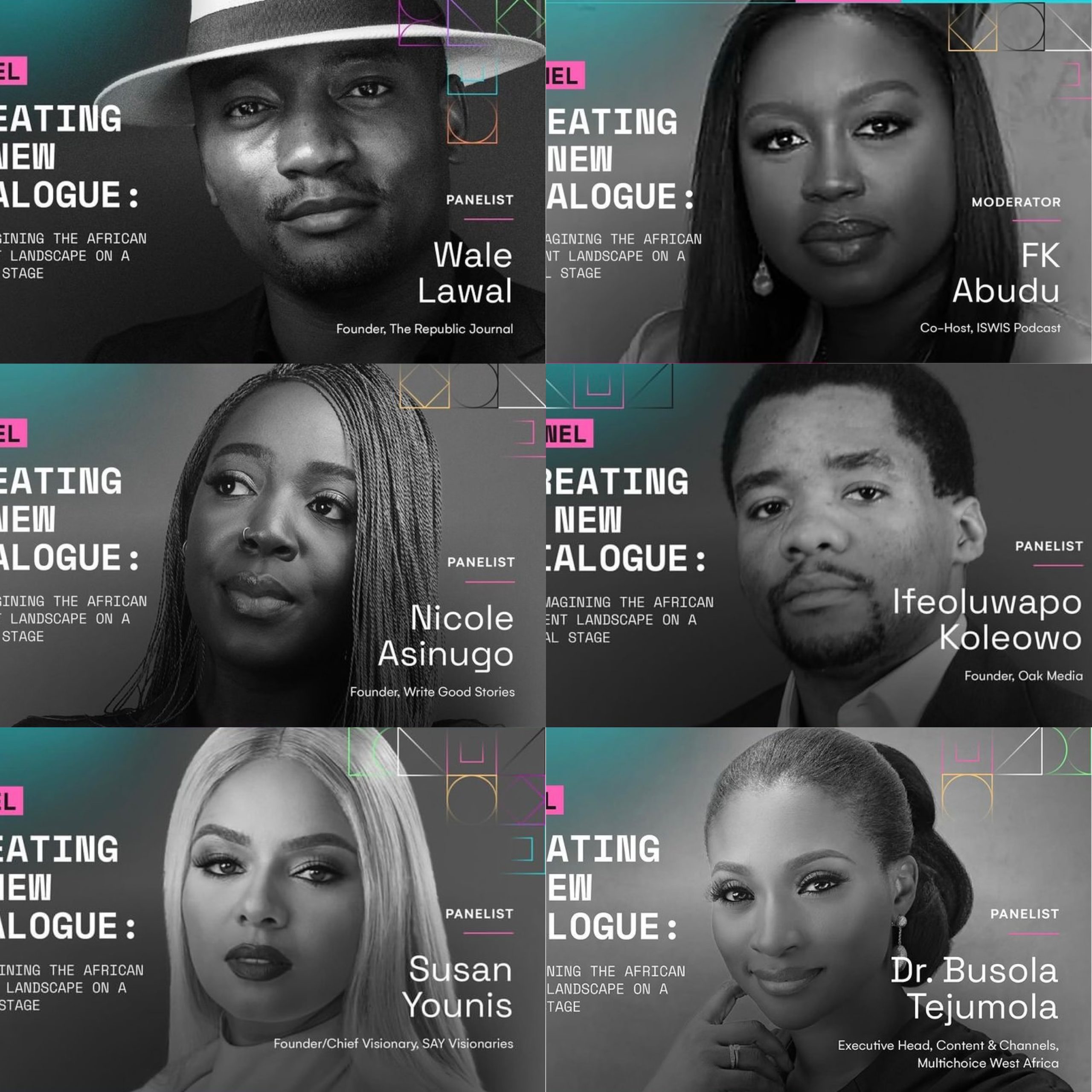In today’s hyperconnected world, poor creativity or weak media strategy are no longer the main reasons campaigns collapse. More often, the failure lies in the inability to establish a cultural connection. When a brand does not communicate in the audience’s language—through values, humour, rituals, and aspirations—it risks being overlooked. Culture is no longer a supporting factor in advertising; it has become the primary driver of consumer engagement.
The Culture Gap Problem
Globalization promised a unified marketplace, yet reality has shown otherwise. In Nairobi, a catchphrase that excites crowds in New York may sound dull. In Lagos, a colour that signals wealth could signify grief. When a digital-first campaign ignores cultural norms, it falls flat.
The greatest mistake brands make is assuming that global ideas equal universal truths. They do not. Today’s consumers seek more than products; they want meaning. And meaning is deeply cultural.
Why Cultural Matching Matters
Think about the brands you trust most. Their appeal goes beyond quality products. They connect with your identity, validate your lifestyle, and align with your values. That is the essence of cultural matching.
When brands reflect customers’ lived realities, trust grows, loyalty strengthens, and purchase decisions become easier. Conversely, neglecting culture wastes even the largest advertising budgets.
The Expert Playbook: How to Get Culture Right
-
Listen before you speak
Extensive research is helpful, but consumer immersion is irreplaceable. Spend time where your audience already gathers. Visit their neighbourhoods, experience their music, and watch their favourite shows. -
Respect local expertise
The smartest global corporations rely on local insights to shape stories. Localisation is not just translation—it’s about interpreting cultural values with nuance. -
Balance global consistency with local accuracy
Strong brands maintain a global voice while adapting to local realities. Although a message may reach worldwide audiences, tone, visuals, and activations must reflect cultural context. -
Stay in motion with culture
Culture evolves constantly. What resonated last year may not work today. Brands that monitor changes in language, trends, and online behaviour remain relevant.
Culture is not an accessory to business; it is the foundation. People think, act, and buy based on cultural cues. Brands that master cultural alignment do more than sell—they transform lives, spark movements, and create enduring value.
As Tony Harradine, CEO of Omnicom Media Group, reminds us:
“If you don’t culturally match, it can be challenging.”
ALSO WATCH MARKETING EDGE ONTV








Comment
No comments found.